Today we continue our discussion on additives in Cognac. In our first post, we talked about the use of water and sugar in Cognac production. Water is used to dilute the Cognac down to the bottling proof that the producer is looking for. Sugar helps to round rough edges of younger eau-de-vie and add a textural quality to the finish. If you missed any of this information, you can click HERE to read the last article. But for now, let’s move forward with the other additives allowed in Cognac production. It’s time to talk about the two most polarizing ones: caramel and boisé.
• • • • •
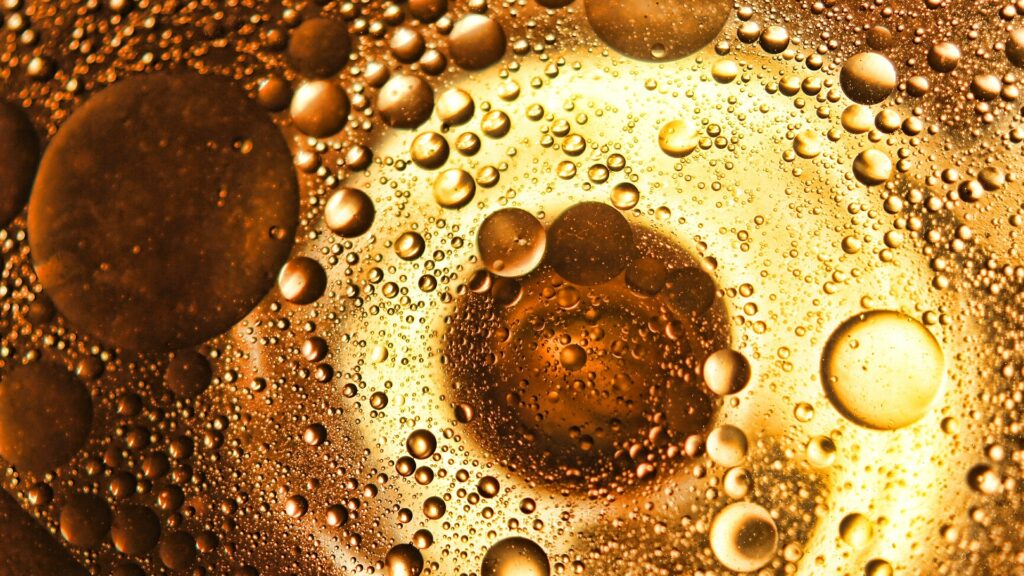
Caramel
No, not the sugary candy you might have had as a kid. Though caramel is sugar reduced by heat, its use here is not to sweeten. Caramel is used as a color correction option. This is the same stuff used by soda manufacturers like Coca-Cola, food and pharmaceutical companies, and even in beauty products. Caramel darkens the color of certain things. So, why do some consider this a bad thing?
When you look at a bottle of Cognac, or any other aged spirit for that matter, we equate the color of the liquid to its age. Light straw or yellow? It’s probably pretty young. Really dark brown or mahogany? That’s most likely really old, speaking in general terms. It’s that simple. But when you throw caramel coloring into the mix, you run into the problem of potentially misleading people. Take that young spirit, add a good dose of caramel, and now it looks old. That’s a big issue when talking about transparency to your consumers. It’s fairly misleading. However, while all of that doesn’t sound like an ideal situation, that’s a worst case scenario. And as far as Cognac is concerned, that doesn’t really happen much.
If you remember from Part I of our discussion, the maximum legal amount of additives in Cognac can be no more than 4% by volume, or about 16g per liter. And that’s the total of all additives. Sugar + caramel + boisé cannot be more than 4%, collectively. Since we know that the vast majority of producers use sugar to some degree in their Cognac, we can safely assume no one is using the full 4% of additive allotment on caramel. If they were to anyway, just for arguments sake, use the full amount, it would be painfully obvious that the color is artificial and would probably give an off flavor to the final product. When caramel is used correctly, it’s 100% flavorless. But if one would use a heavier hand or the maximum amount, you’d probably end up tasting a burnt sugar note.
There are rules about adding a dose so large, of any additive, that you could taste it. But tasting is really subjective. Last year, there was a lengthy article about how individuals taste differently that is worth reading if you have some time. How does one measure a flavor alteration without getting incredibly scientific? It’s doubtful anyone is bringing a brix refractometer, gas chromatograph, or ion spectrometer into the aging warehouses to check. So, it seems as if these rules might be more of a “gentlemen’s agreement” of sorts. Regardless, the vast majority of producers really are using caramel responsibly and sparingly.
The big question is why use caramel? It’s actually incredibly simple. So simple you’ll get tired of hearing this. As we said in that last article, it’s all about consistency. Much like sugar is added to make sure the texture stays consistent year to year, caramel is added to ensure visual consistency. Barrels are made of wood. It’s a natural ingredient which varies over time. The wood is slightly different every year. One tree might be a bit more mature than another or have wider grains in it. This will cause your eau-de-vie to have varying colors as it interacts with the wood, even when they’re the exact same age. Try as hard as you can, but getting two barrels to produce the exact same Cognac (or any spirit) is nearly impossible.
That’s why blending is such an important part of the business. By adding just a bit of caramel, you finish, or tint, the Cognac to what your consumers are used to seeing. One year a producer might have to go a little heavier on caramel due to the barrels not deepening the Cognac enough, the next year almost none at all. To say, “producer X uses Z% of caramel in their Cognac,” just can’t be done. It’s an ever-changing amount, though most could give you an approximate average value. Caramel use is definitely something that concerns mostly the larger houses, but some of the smaller ones take it to heart, as well. If Hennessy VS didn’t look exactly the same each year, they’d lose money and loyal consumers.
At this point, we should mention something important. There are some producers who add more caramel than needed to alter the color specifically to sell in China. These Cognac’s appear darker than the exact same expression in other markets. Why is that?
China is a big gift giving society. And a lot of the time those gifts go to your boss. How do you impress your boss? Get them a nice bottle of Cognac or whiskey. They believe that dark means old and old is the best. And when you have the best, that means you’re an important person. It’s all about this illusion of high socioeconomic standing. So, several producers opt to darken their Cognac in hopes to sell more because they look older than they really are. Ideal? Certainly not. But at the same time one can understand where they’re coming from. When margins are razor thin, you need to make profits where you can.
Perhaps one day Cognac, as a whole, will decide together to stop darkening exports to China and try to force a cultural change. Probably not as Cognac sales in China rank 2nd globally only to the United States, but one can hope the over correction of color starts to slowly ease back over time.
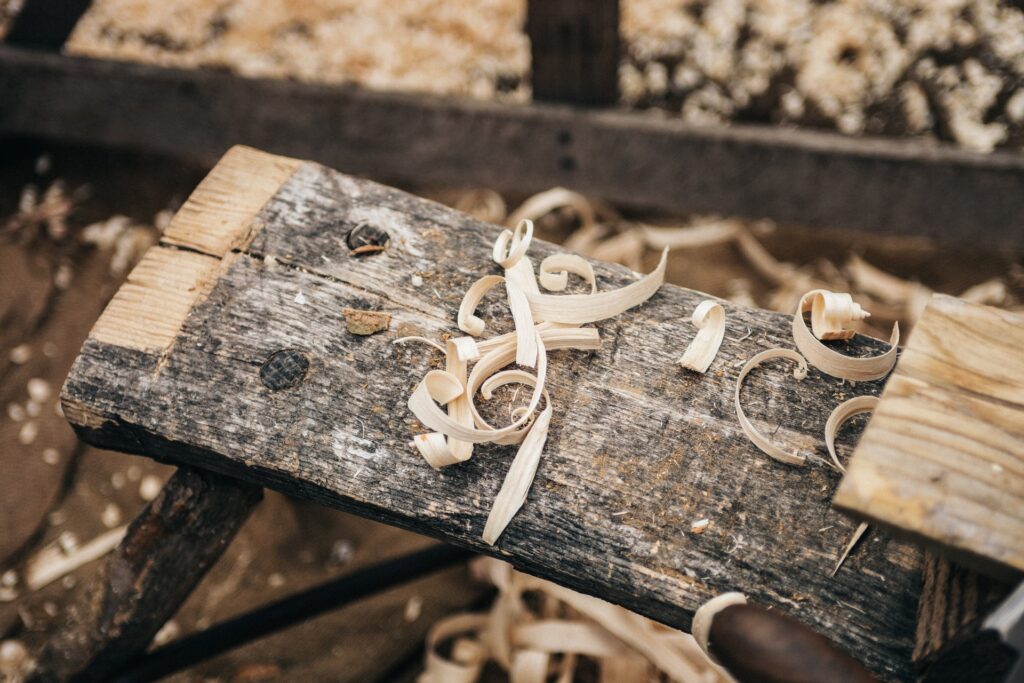
Boisé
Without a doubt, the most dubious and questionable additive in Cognac is boisé. It’s talked about in hushed tones. Many producers will quickly change the subject when it’s brought up to avoid any prying of details. Basically, there’s not much information openly available about it. You kind of get the feeling it’s a bit of a dirty word. But what exactly is it, anyway? Boisé is, for lack of better words, wood flavoring. Now, before you get all up in arms about how adding a flavoring element to Cognac isn’t pure, traditional, or whatever other word you’d like to use to express your frustrations, just know that boisé has been around a lot longer than anyone reading this blog post. It goes back to at least the mid-19th century, if not earlier.
It’s incredibly common for Cognac producers to begin the aging process of their eau-de-vie in new barrels. After a certain period of time, usually less than a year, those barrels are emptied into older, more neutral barrels. This is done because brand new wood imparts something called tannins. Tannins are naturally occurring chemicals in wood that bond to certain organic compounds and proteins in a distilled spirit. They create flavors ranging from vanilla and baking spices to dry, woody bitterness. They are highly concentrated in that first 0-12 months of aging, so you really don’t want to age more than that in a new barrel or the eau-de-vie will start to take on way too many of those bold flavors and overpower the delicate balance.
Contrary to many opinions, boisé is not used to replace aging or try to make you think it has been aged longer. Any self-respecting house would never dare use it in such a way. Eau-de-vie must be aged at least two years before it can be called Cognac, which means boisé is not being used as a replacement for that minimum aging. Nor is it being added to give a false perception of a lengthy aging process. The only thing that can do that is time itself. Then what exactly does it do? Boisé is used to mimic the early stages of new barrel tannin displacement into the eau-de-vie. It’s a flavoring agent that tastes like all those new oak flavors in a highly concentrated form.
The production process is rather simple. First, the company producing the boisé will take wood chips from the barrel maker, called a cooper, and place them in hot to near boiling water. This mixture simmers and reduces, pulling all those flavors out of the fresh oak. The end result is a thick liquid infused with fatty acids, sugars, and other organic elements that were in the wood. It’s the same flavors that get transferred to eau-de-vie when placed in a new barrel, but in a much stronger dose. After it’s cooled, it’s then fortified with spirit to prevent it from spoiling. It’s even possible to put the final product in a barrel and age the mixture itself.
There are at least four different companies producing boisé in the Cognac region. The smaller of the group, Pecner, makes around 30,000 liters of boisé a year for Cognac producers according to Kyle Jarrard in his book, ‘Cognac: The Seductive Saga of the World’s Most Coveted Spirit.’ There was a point in time where producers would make their own boisé. It was a point of pride, in a way. But, of course with industrialization and machinery to produce more efficiently, it was easier to just purchase it from one of these companies. There’s definitely a possibility, however, that there are still some producers making their own boisé. But the million dollar question is why use it at all?
The early stages of aging are critical for Cognac. Think of it like painting a wall in your house. If you don’t put down a solid layer of primer paint first, when you throw up that main color it just won’t be as bright and vibrant. Those oaky flavors provide a great foundation for the resting eau-de-vie to develop into something wonderful. The problem is that barrels are expensive. Really expensive.
Currently, new French oak barrels average around 800-1000E ($950-1200). To compare, a brand new American White Oak barrel is about $160ish. If you’re a smaller house, you just might not be able to afford that. What if you have a bad crop that year? Or maybe there’s inclement weather? Profits can ebb and flow dramatically. You could age exclusively in older oak, but they don’t have all those bright, new wood flavors left in them.
The larger houses are a different story. New barrels aren’t an issue with them in the least. However, blending 100’s of different eau-de-vie at once can be. That’s a lot of different variables that need to be controlled. No matter how good of a blender you are, remember that the eau-de-vie is always different each year. The wood interacts with it differently each year. Sometimes they need a little extra oak kick and other times they need a lot more. It just always depends on the given harvest, and to a certain degree, the wood itself.
There is absolutely a limit on how much boisé you can add before the Cognac just becomes flabby and over oaked. It’s important to use sparingly, if you so choose to include it at all.
Additive Free Producers
It’s definitely worth noting that there are a handful of brands that do not use any additives (besides water) whatsoever. You should absolutely seek them out and see what they have to offer because they make delicious Cognac’s in their own respective styles. Dudognon, Navarre, Delamain, and the newer expressions from Jean-Luc Pasquet, for example, should be on your list of additive free brands to explore. They really are vastly different. Not better than or the best compared to producers who do use additives, just different in their own unique ways.
Final Thoughts
We’ll end on a quote from Kyle Jarrard’s book. He writes a fascinating few pages about the additive manufacturer, Pecner. One of the brothers who owns the company had this to say about the use of obscuration in Cognac production:
Additives can’t be used to ‘repair’ a Cognac. If it is no good because it came from a bad wine or was poorly distilled, then no amount of sugar or other additive can undo the damage.
(Jarrard, 2005, p. 203)
There is a lot of negativity towards additives. Some justifiable, some not so much. But at the end of it all, the opinion here is that the addition of sugar, caramel, or even boisé shouldn’t be what we focus on when it comes to the final product. It should be the experience it creates for you on a personal level. The extra ingredients that might be added to your bottle of eau-de-vie are most likely there to help it become the best it possibly can be.
The Master Blenders, with their decades of knowledge passed down from multiple generations, aren’t putting these things in to blends to cut corners or be disrespectful to the spirit. They are traditional elements to this industry and are seen by many as an art form. Additives are not bad. Not using additives doesn’t automatically make you better. What it comes down to is your personal taste preference. With or without, both can be incredibly delicious.

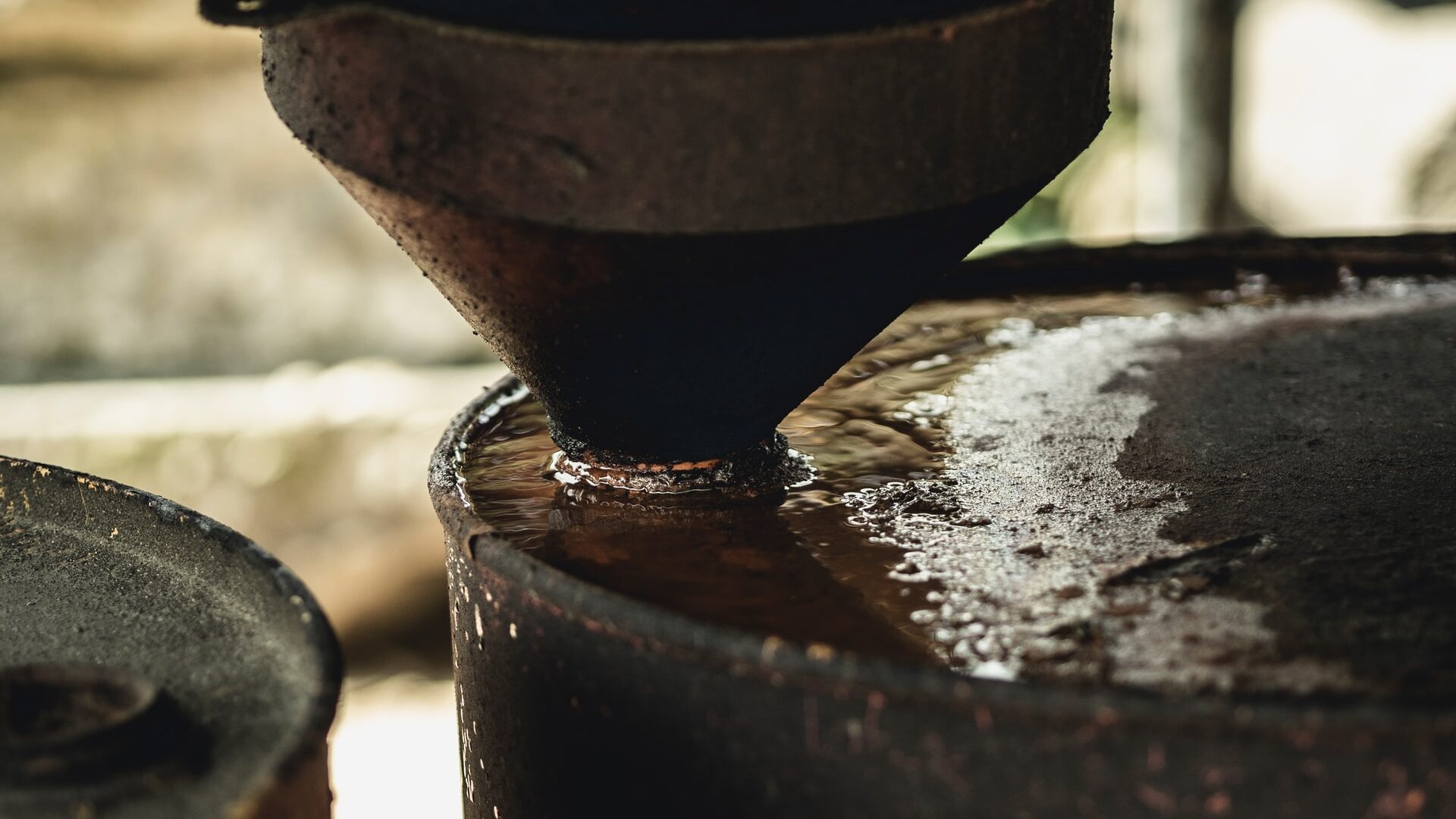
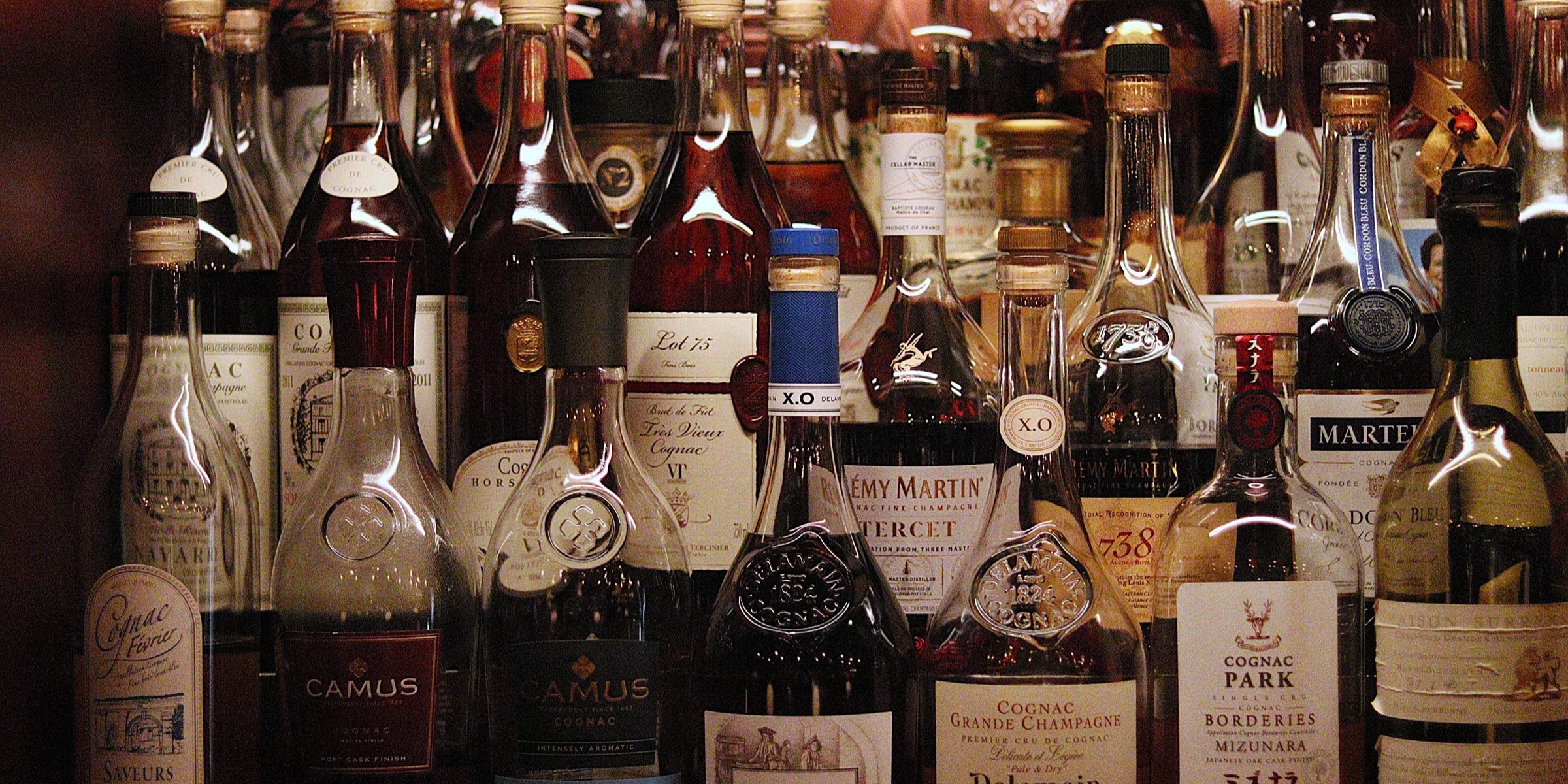


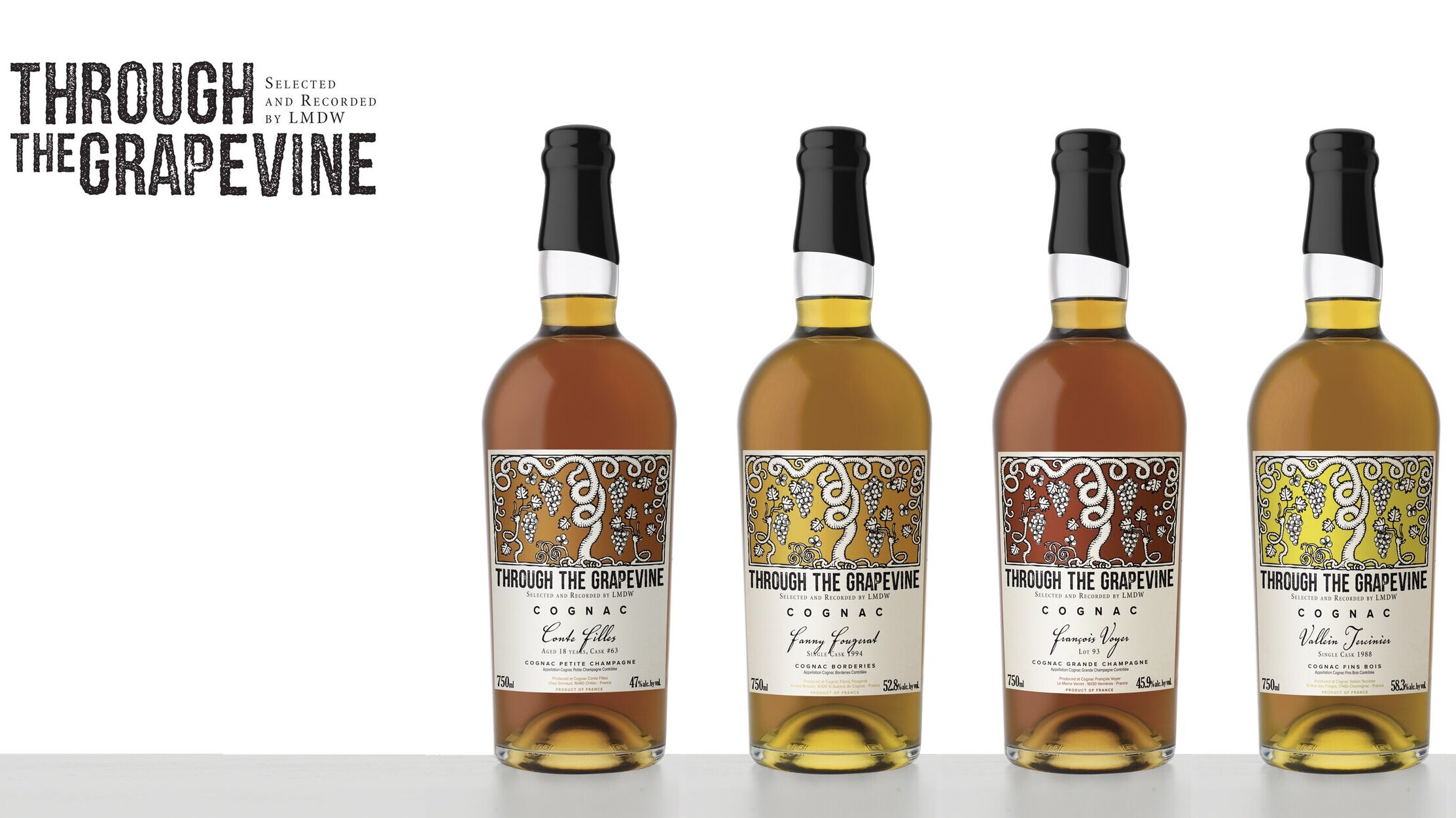
I DISAGREE. ADDITIVES ARE BAD. 100% NATURAL IS BETTER. FAR SUPERIOR.
FOR ME AND MANY OTHERS, WE WILL NOT CONSUME (AND THEREFORE WILL NOT PURCHASE) ANY SPIRITS WITH CARAMEL COLORING. WE HAVE DONE THE RESEARCH, AND WE KNOW HOW IT IS MADE, AND THAT IT IS, IN FACT, UNHEALTHY. THE “GENTLEMAN’S AGREEMENT” YOU REFER TO IS INSIDIOUS. A CERTAIN AMOUNT OF THE E-150 IS CONSIDERED HARMFUL, AND THAT IS WHY THERE ARE LIMITS PLACED ON THE AMOUNTS USED. DO THE RESEARCH, PEOPLE, AND PAY NO MIND TO THIS DIATRIBE.
ALL KUDOS TO THE “CLEAN” COMPANIES WITHOUT POLLUTANTS.
AS WITH GERMAN BREWERIES, WHO HOLD TO THE GERMAN PURITY LAWS OF THE BREWING PROCESS, NOT POLLUTING THEIR PRODUCTS WITH THINGS LIKE PROPYLENE GLYCOL, AS MOST BREWERS NOW DO.
CHEERS TO THE CLEAN COMPANIES! TO YOUR HEALTH !!
Caramel food coloring as used in the production of soft drinks, as you point out, is not the caramel that is used in candy. It is a poison that induces allergies, inflammation, migraines and other nasty side effects. Perhaps that is why it is such a hot topic in the alcohol industry as well. Sincere thanks for this information. I react to caramel and was drinking some Remy VSOP, and getting that feeling of tightness in my throat. I will seek out the additive free brands you mention. Thanks again!
Mary, I am very allergic to corn. After drinking one small serving of ‘very special’ aged 2 years I had a swollen face and breathing difficulties during the night. Unfortunately, I can’t find a resource that stated the sugar or Carmel are ever derived from corn.
Thanks for the laymans guide to all of this. As I turn 70 I intend to treat myself to some very moderately priced Cognac and this will help out.
Brian,
Thanks for reading the article. I’m glad I could help you out. Enjoy your Cognac and feel free to share what you end up buying!